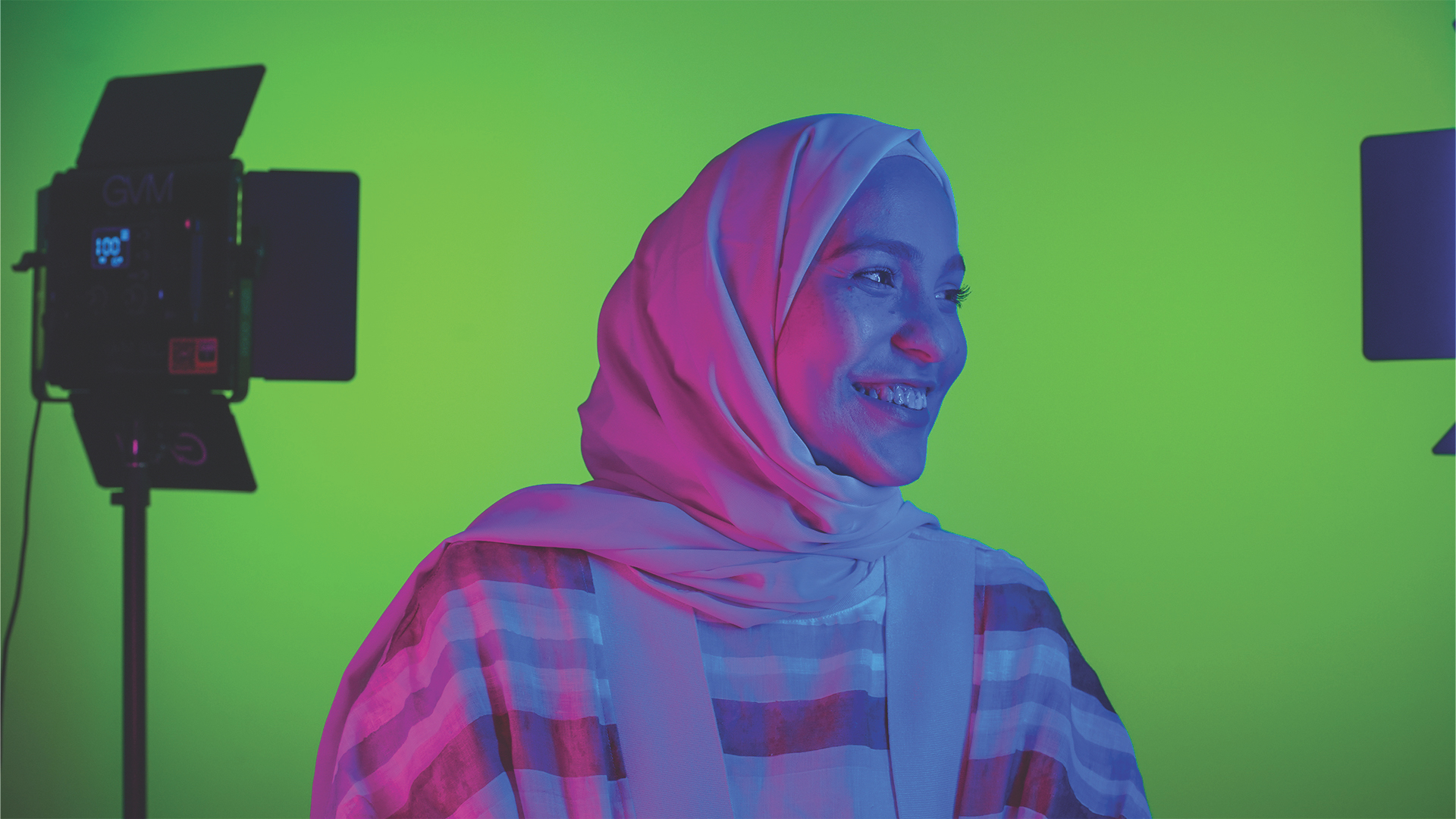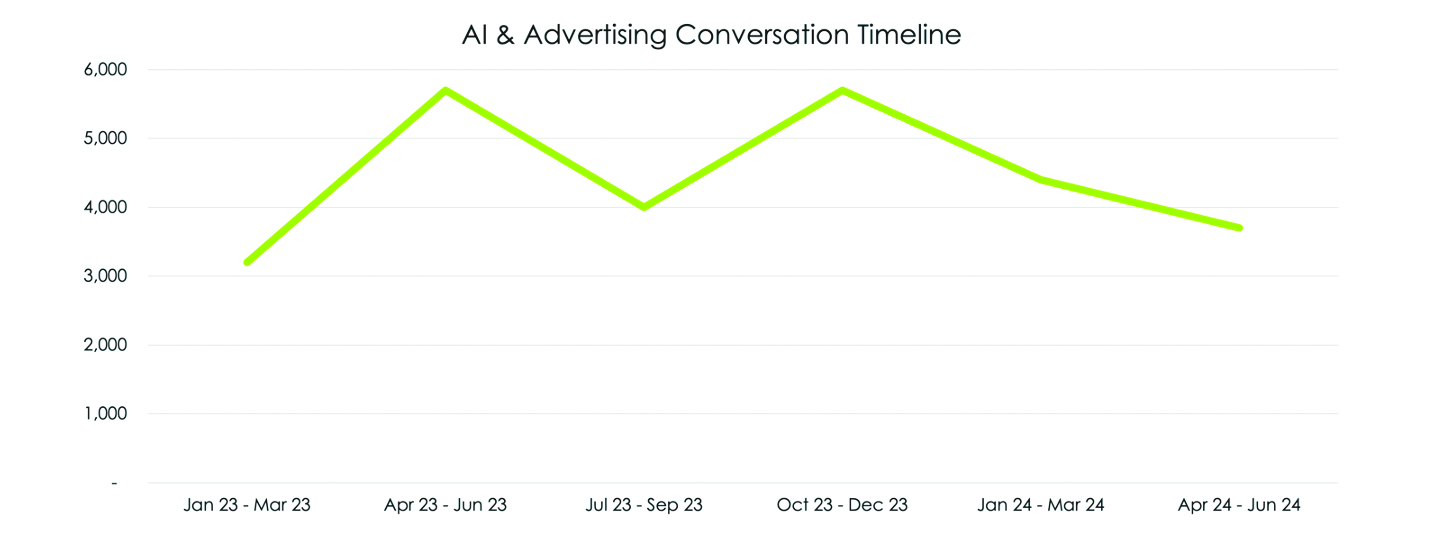
I bet you’re drowning in all the buzz about artificial intelligence in advertising lately. Me too! But having a job as cool as mine means staying on top of digital trends, including the latest AI-powered features social media giants are rolling out.
So, let me save you the hassle of hunting down all that information. In this article, I’ll walk you through the newest AI-powered social media updates for advertisers, show how brands in the GCC are spicing up their campaigns with AI, and give you a sneak peek into what users really think about it.
AI-Powered Social Media Features
Social platforms have unveiled various AI-powered ad tools that streamline the campaign lifecycle, from ad creation to surgical identification of ideal demographics. And the results seem to be quite impressive! Google recently announced that AI-optimised ad campaigns outperform manual ones by nearly fourfold. Thus, it isn’t merely a fad; it’s a strategic industry evolution where early adopters gain an edge while stragglers risk being swept away.
Starting with ad creatives, Meta now allows advertisers to generate multiple visual variations from a single ad, adjusting background colors and adding text overlays with simple prompts—a boon for small businesses lacking design resources.
Meanwhile, LinkedIn has integrated Microsoft Designer, an AI-powered tool, into its newsletter format, enabling advertisers to easily craft header images. In contrast, the “TikTok Symphony” AI suite for brands heralds a paradigm shift. This comprehensive toolset encompasses scriptwriting, video production, and asset enhancement, enabling the creation of TikTok-ready videos with minimal advertiser input. It also offers pre-generated videos tailored for ad campaigns, leveraging TikTok Ads Manager data to amplify impact.
Next up: AI-powered campaign targeting and optimisation. X (formerly Twitter) introduced a feature allowing advertisers to type a brief description of the audience they need to reach, prompting the AI system to swiftly generate a relevant user pool for targeting. Say farewell to manual refinement! Likewise, YouTube announced its utilisation of Google’s AI for ad optimisation, particularly in ‘Video Reach Campaigns Non-Skips’ for TVs, promising enhanced targeting precision and real-time optimisations.
Recognising the effectiveness of influencer partnerships, social media giants are also injecting AI into this realm. Meta, for example, is developing personalised, machine learning-driven creator recommendations for brands within Instagram’s Creator Marketplace.
Also, it is piloting an AI tool to forecast the performance of organic branded content in paid partnership ads, automating the influencer discovery process and fostering more effective partnerships. In parallel, TikTok is introducing an AI creator feature, allowing virtual influencers to interpret scripts provided by advertisers or sellers on TikTok Shop and promote products. This could potentially challenge traditional sponsored ads by human influencers.
Next, let’s see how brands in the GCC are integrating AI into their campaigns.
Social Media Campaigns
While AI remains a trending topic, its adoption among regional brands has been limited. Yet, two compelling examples caught our attention. Firstly, the collaboration between Anghami Inc. and Almarai for the “Milk every day is the smart way” campaign. Using Anghami’s AI and Rasha Rizk’s voice, parents can craft personalised songs to encourage daily milk consumption among kids, with the added bonus of sharing these on social media.
Secondly, the introduction of Mayaseen.R., the UAE’s first AI influencer, by Radix Media MENA. Despite this endeavor still being in its early stages, Mayaseen epitomises a new era in social media influence, blurring the lines between virtual and real with a stylish persona and snippets of her outings and culinary explorations.
People’s Feedback
We wanted to understand GCC users’ reactions to brands utilizing AI in their advertising, so we conducted a social listening study covering the past 16 months on relevant keywords. Accordingly, we captured an estimated 26.7k conversations, as per the graph below.

The discussions were predominantly neutral at 83 per cent, originating from users and mainstream sources sharing examples of AI-powered social ad campaigns and relevant news. However, a notable 7 per cent expressed negative sentiments, not far from the 10 per cent positive ones.
This indicates a mixed view: while many users are hopeful about AI’s potential for advertisers, there’s also concern about its ability to blur reality, increasing the risk of scams. Particularly, worries center around celebrity deep fakes, with broader implications like copyright infringement. Many have highlighted concerns about AI manipulation and stressed the need for regulatory oversight and labeling systems to tackle these risks.
Conclusively, maintaining a competitive edge in the digital realm requires adeptly leveraging the newest social media platforms’ AI-powered functionalities. They not only simplify ad creation and targeting but also offer promising ROI. However, given user skepticism, it is important for advertisers to prioritise authenticity and transparency to achieve the winning formula.









